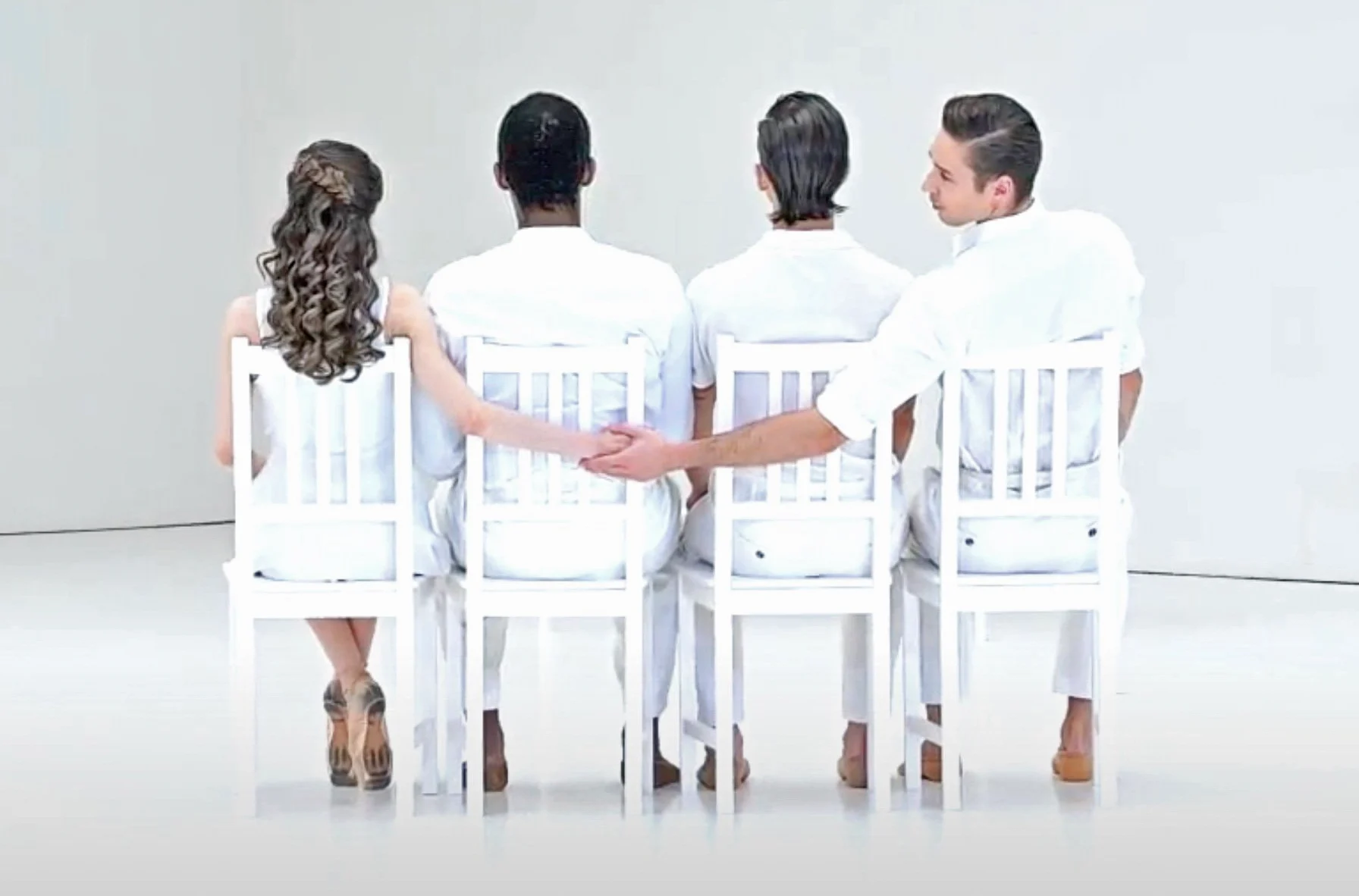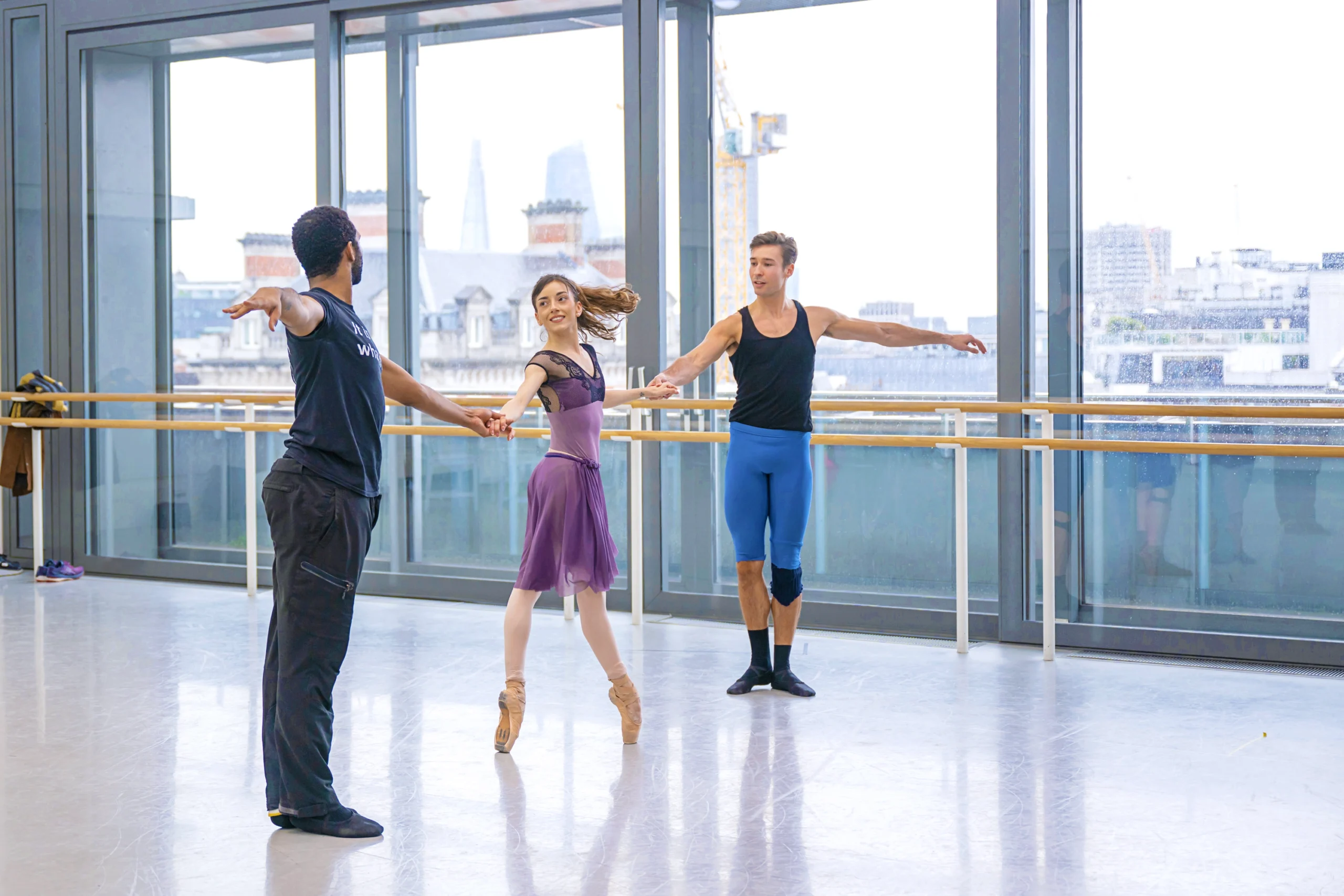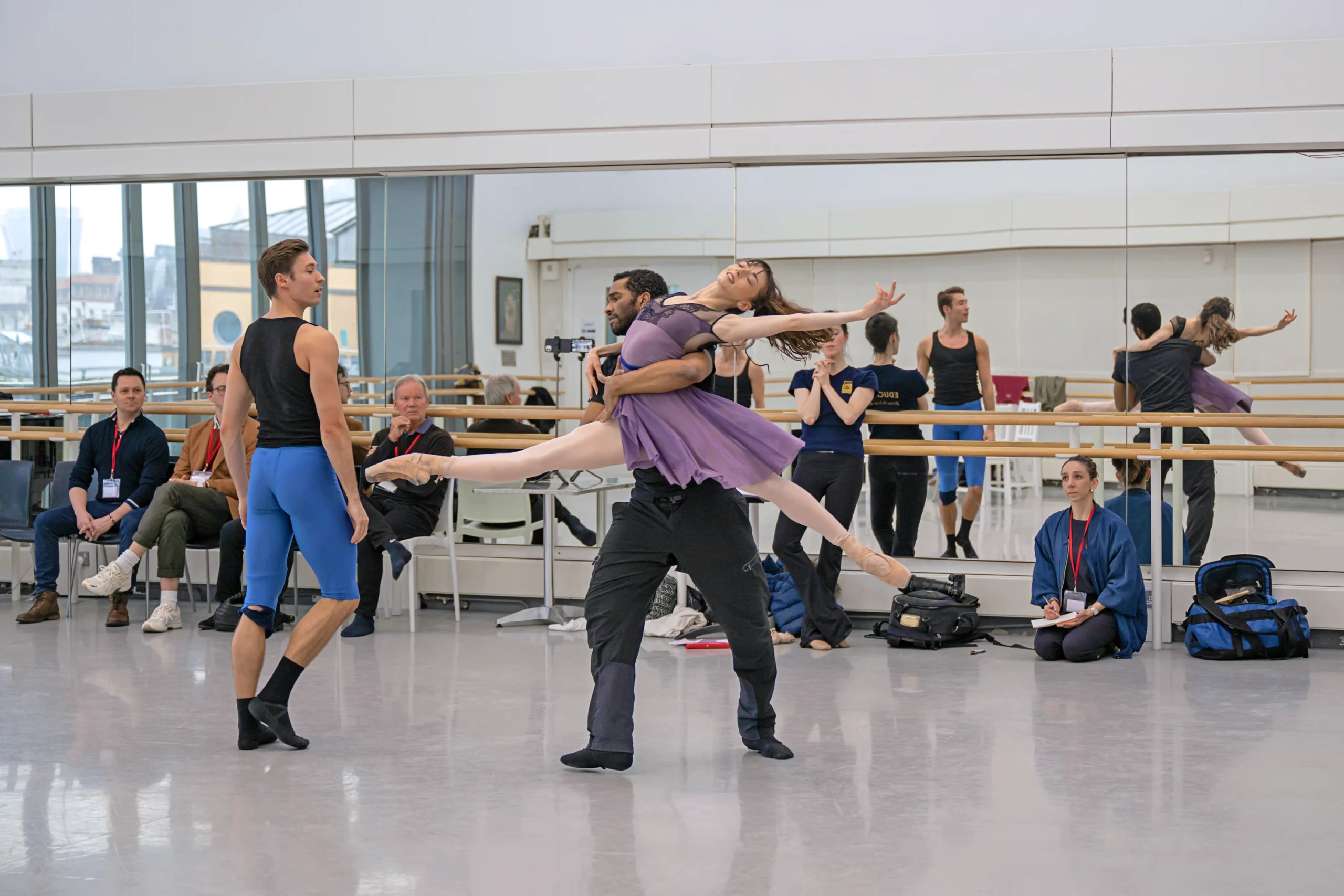At Kaatsbaan Cultural Park’s Fall Festival, Sir Kenneth MacMillan’s Ballade Hits the Stage After Half a Century
Fifty years ago, Sir Kenneth MacMillan’s Ballade was performed once, in Portugal, by The Royal Ballet’s New Group, a touring offshoot of the London-based company.
It hasn’t been seen since, until now.
Ballade is being staged for the first time since 1972 for the September 9–10 opening of Kaatsbaan Cultural Park’s Fall Festival in Tivoli, New York. The event also features two new works by American Ballet Theatre principal Herman Cornejo and former corps member Gemma Bond. Though linked by a throughline of intimate, personal narratives, the triple bill’s styles are diverse. Bond’s Brain on Fire, based on the memoir of the same title by Susannah Cahalan, was commissioned by CoLab Dance, a chamber company dedicated to experimental works. Cornejo’s The Apartment, which he will perform alongside his sister Erica Cornejo, is inspired by Argentinian tango.
Ballade is the most classical of the three. Indeed, its creator led The Royal Ballet and became known for his full-length powerhouses Romeo and Juliet and Manon. But this small chamber ballet, made and staged just before MacMillan took the helm at The Royal, is possibly his most personal.
Christopher Marney, a UK-based choreographer and director, had worked with the late choreographer’s wife, Deborah MacMillan, on a number of reconstructed works in the past, including excerpts from House of Birds and Valley of Shadows. For their next collaboration, Marney was interested in a standalone chamber work, and Deborah wanted to mount something no one had likely seen before. Ballade was perfect—and very special to the MacMillans. “It’s actually about the first time they were introduced,” says Marney. Despite being a central character of the story, Deborah herself had never seen the piece until assisting with the initial reconstruction process for Kaatsbaan, which began in London in March.
The ballet is a poetic, lyrical vignette featuring three men and one woman. For the Kaatsbaan performance, Marney tapped an international cast of guest artists hailing from both sides of the pond—Anabelle de la Nuez and Graham Maverick of Joffrey Ballet, and UK-based freelancers Greig Matthews and Josué Gomez. They begin in four chairs with their backs to the audience. Secret touches and stolen glances move from the seats to a table setting for four and, eventually, to a romantic pas de deux between the Frederick and Deborah characters. A real-life scenario inspired the ballet: two friends had taken Deborah and Frederick to see a movie, where they instantly connected.
To reconstruct the piece, choreologist Samara Downs worked from the score, Gabriel Fauré’s Ballade for Piano and Orchestra, and the steps recorded in Benesh movement notation by Jacquie Hollander, a collaborator of MacMillan’s when the ballet premiered. Marney says the notation was helpfully precise about everything from tempo to port de bras, head tilts, and grips in the ballet’s tricky partnering. He describes one particularly challenging move: “The woman is lifted above the men’s heads, and all three of them are in a line and have to roll her down to the floor. At every roll, there was a direction about where each man’s hand should be.”

In addition, Marney is working with London-based rehearsal director Kate Lyons and, notably, the last living cast member from the 1972 performance, former Hong Kong Ballet artistic director Stephen Jefferies. Lyons says that Deborah’s and Jeffries’ recollections were integral to the reconstruction. “[Deborah] was really generous with her memory,” says Lyons. “Because it is such a personal thing, isn’t it, that first date? She told us all about how charming and chivalrous she found Kenneth to be.” Those details and nuances fueled subtle movements. “She said that one of the friends was somewhat miffed because he saw himself as a prospective suitor. Once you know that information, you see: ‘That’s why he’s looking over there at that point, and that’s why he walks away.’ ”
Lyons finds it fascinating that Ballade was notated at all. “To me that said that, at some point, Kenneth did want to revive it.” As for why it sat on the shelf for half a century, Marney agrees that it didn’t have to do with MacMillan not liking the piece, or he wouldn’t have taken so much care in preserving it. “When Kenneth came back from that tour where Ballade was performed, he very soon after was appointed as the director of The Royal Ballet. I think his priorities just shifted. Suddenly, he had to stage much bigger works.”
During the reconstruction process in March, Marney says that the dancers felt a certain pressure taking on a project so personal to its famous creator, especially with Deborah in the room. But working on such an unknown piece, without any preconceived notions of other performances or restagings, brings an element of surprise. The dancers and the audiences are in for a treat, says Marney. “It’s almost like a new MacMillan.”








